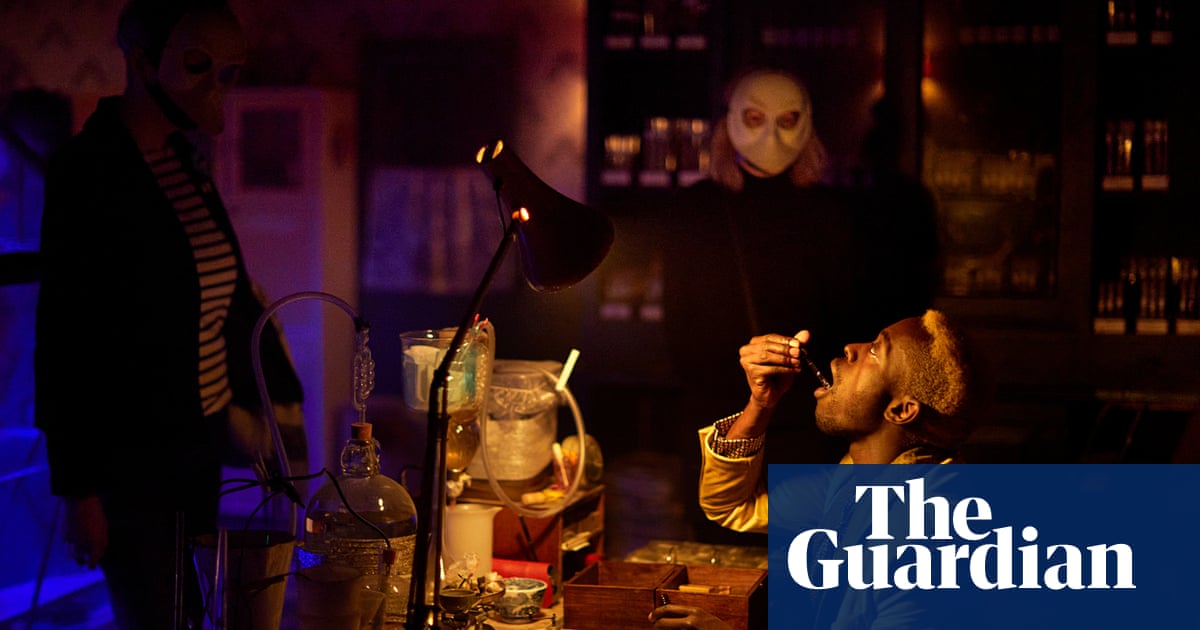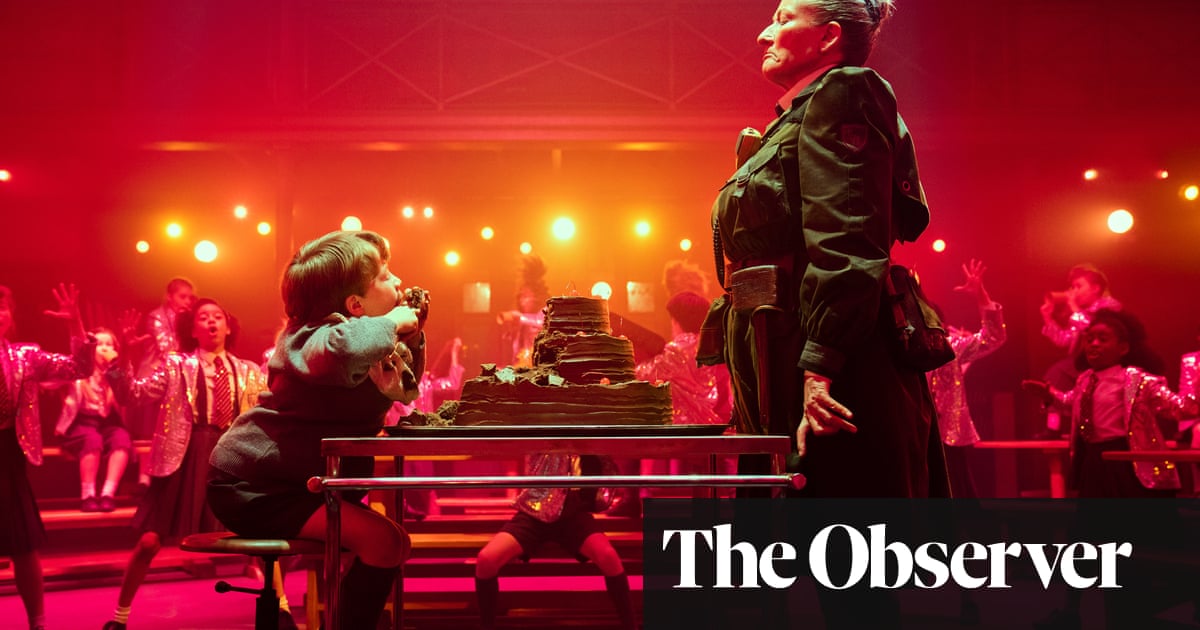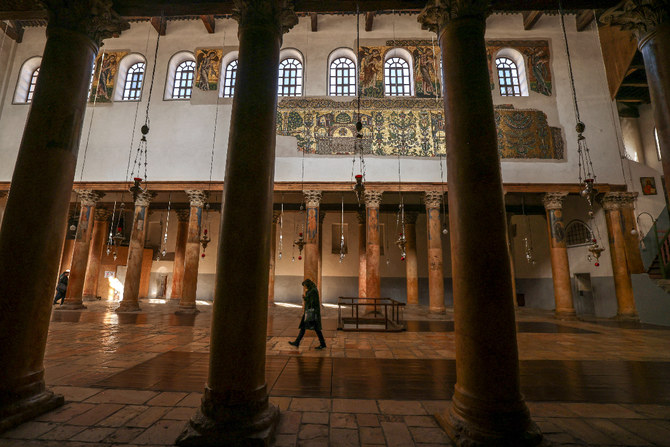
ur experience of the coronavirus pandemic has been shaped by collective behaviour. As one we followed the advice to stay at home, together we clapped for carers. Many crowded on to beaches and many more marched for Black Lives Matter. And, as physical separation continues, we long for the return of nightclubs, gigs and religious ceremonies.
New bonds of community are often created by disaster, as Rebecca Solnit charts in A Paradise Built in Hell. The shanty town built by survivors of the 1906 San Francisco earthquake, and the self-organised evacuations New Yorkers arranged with strangers after 9/11, show how people facing a common fate can see themselves as belonging to a single group. Like the Covid-19 mutual aid groups we see today, these altruistic communities provide glimpses of an alternative world.
Kate Thompson’s study of five working-class women who lived through the blitz, The Stepney Doorstep Society, shows how informal collectives can provide lasting support and inspiration. Her fascinating account of the people sheltering from bombs in Bethnal Green tube station describes how, instead of descending into lawlessness as the government had feared, these gatherings became thriving, self-governing communities.
With mass gatherings still banned, Barbara Ehrenreich’s account of communal celebrations through history, Dancing in the Streets, shows what we’re missing. People have come together for carnivals since the middle ages, but these exuberant gatherings have shaped sporting celebrations and even demonstrations such as the 1990 protests against the World Trade Organization in Seattle, where people banged drums, blew horns and partied. Ehrenreich also demonstrates that much music is only properly appreciated through dancing with other people. Little wonder some are flocking to illegal raves and street parties.
In fiction, the transformative power of crowds is often reduced to inaccurate cliches of madness and mindlessness. But some novelists manage to capture the purpose and meaning behind even the most violent gatherings. In Germinal, Émile Zola describes a riot by striking miners in which women castrate the corpse of an exploitative shopkeeper, who was a serial rapist. When crowds turn to violence, the targets they choose reflect shared notions of right and wrong. The scene may be gory, but it does not describe a simple loss of control.
Most of the violence in real-life riots is done to the crowd, not by the crowd, as in Walter Greenwood’s Love on the Dole. The climax of this novel is based on a protest that happened in 1931, when unemployed workers marched on Salford town hall. Greenwood’s protagonist is scared and stunned to see police lashing out with their truncheons against men and women alike, striking heads and spilling blood. Courttia Newland describes a different reaction to police brutality in his short story set at the 1990 poll tax riot, “The Right to be There”. When the shifting power dynamics in the crowd enable Newland’s main character to express his anger against the police violence, he is surprised to find himself fighting back.
Since 9/11, policymakers have understood public behaviour in emergencies through a framework of community resilience instead of mass panic. The essays in Together Apart, rapidly assembled by Jolanda Jetten, Stephen Reicher, S Alexander Haslam and Tegan Cruwys, show how thinking of ourselves as belonging to groups can help to overcome loneliness, selfishness and fear. With coronavirus still among us and physical gatherings currently restricted, psychological togetherness is more important than ever.












